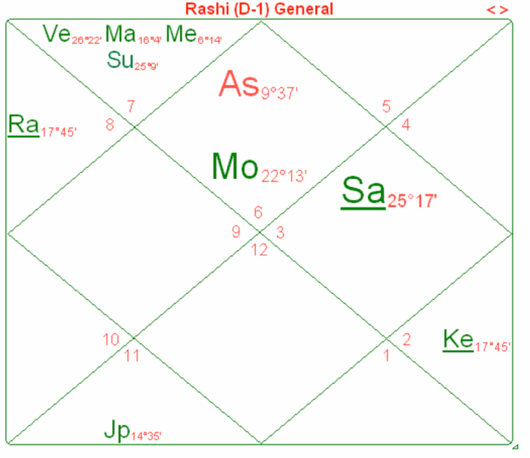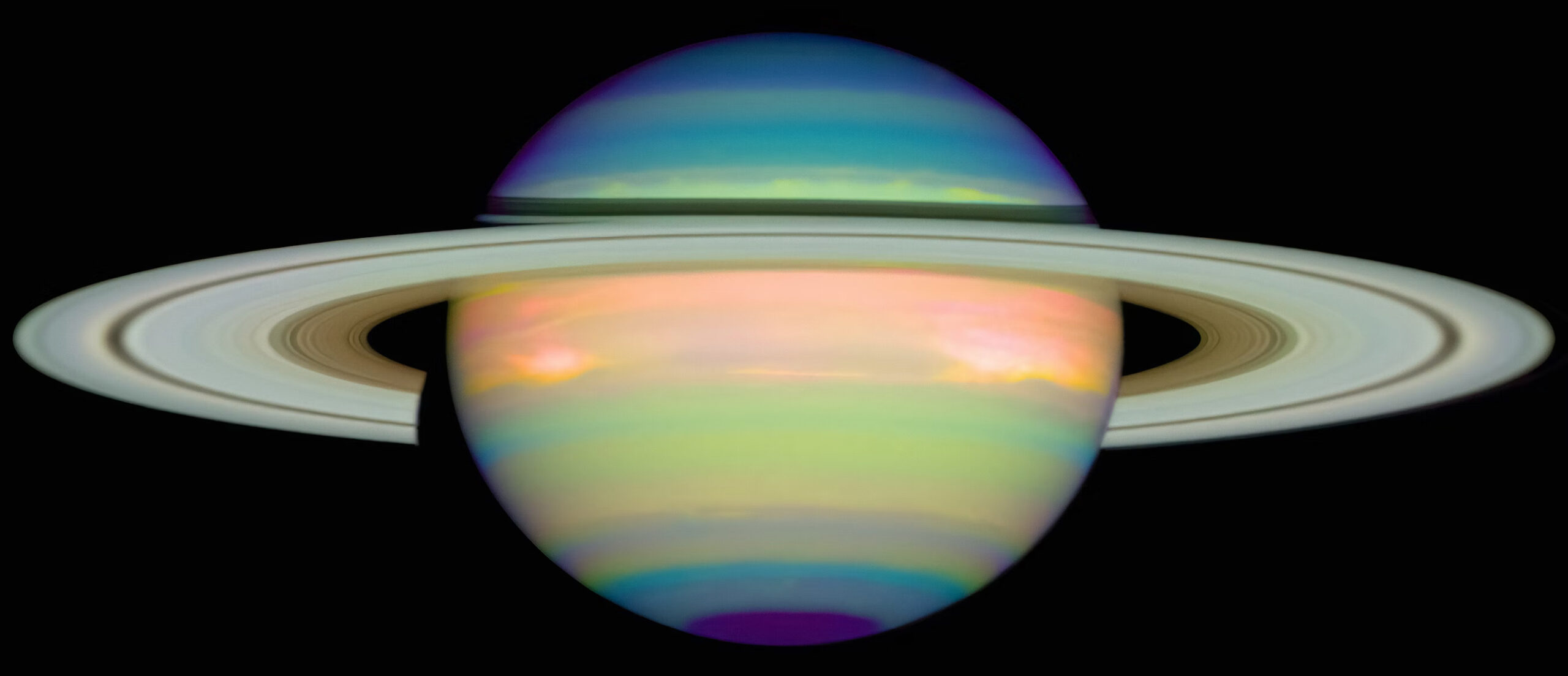Spring | Summer | Fall | Winter | |
2025 | Volume 67 |
| Volume 65 | Volume 66 |
Volume 11, 21 December 2010
“Is there not
A tongue in every star that talks with man,
And wooes him to be wise? nor wooes in vain;
This dead of midnight is the noon of thought,
And wisdom mounts her zenith with the stars.”
The Beauty of the Night
The winter solstice provides some high drama this year – the shortest day, the longest night and a total lunar eclipse. I mentioned this in my last newsletter but it bears repeating. There will be a full lunar eclipse and it will be visible in the Northern Hemisphere It will begin at 1:33 am and last until 5:01 am EST, but the total eclipse portion which is 72 minutes long happens between 2:41 and 3:53 Please note that in the Vedic tradition, viewing a lunar eclipse let alone a total eclipse, is not considered an auspicious thing to do though it is quite a compelling event.
Stars and planets will join in providing a special show on two nights in January. On the 2nd of January start the year right by having the darshana of a quartet of beautiful lords of light. Mercury is in general difficult to view but will be one of the members of this group. It will appear early morning – around an hour before sunrise - on the southeast horizon above and to the left of the Moon which is a dramatic thin crescent. The brilliant star that marks the territory of Jyeshtha known in the West as Antares is above the Moon and to its right. Well above this tight triangle is the even brighter light of Venus. All of this will take place in the constellation of Scorpio.
Later in the month the star of Jyeshtha (Antares) will again participate in a striking grouping. The early morning will again be the viewing opportunity on two consecutive days. On the 29th, look low in the sky in the south/south east. The crescent Moon will be very close to Antares around an hour before sunrise. On the 30th at the same time of day, Venus will be close enough to the Moon and Antares that the three will form a triangle. As in the early January configuration, the combinations will occur in the constellation of Scorpio.
The star that is used as the reference point for the entire system of measuring the location of planets is Chitra (Spica). It is a very bright star quite close to the ecliptic at 30 degrees of Virgo. On February 21st, Chitra, the Moon and Saturn will form a very close equilateral triangle under another brilliant star named Arcturus. Look in the southwest around an hour before sunrise. The grouping is in the constellation of Virgo.
Finally, a sunset event on March 15th will afford yet another view of the elusive Mercury. This time it will be within two degrees of Jupiter. It is, of course, the fainter of the two but should be seeable. You will need to have a clear view of the sky near the western horizon.
For some of you, these viewing opportunities will be your first step towards learning where the nakshatras are within the solar constellations. Both the marker stars of the nakshatras of Jyeshtha and Chitra are part of the above configurations and will allow you to start orienting yourselves to these regions of the sky.
The Purushartha of Artha
All living things need to survive. This is the first mandate of being alive. In this sense artha, the impulse towards security, is the most primary motivation in our lives. My teacher is fond of saying that even a little seedling knows to grow towards the light. The dictionary definition of artha is attainment of riches or worldly prosperity but we can think of it in broader terms. Seeking shelter, security and life’s basics fall under the banner of artha. It can, of course, be money but it is more about survival. In a previous newsletter, I related an encounter I had with Swami Pratyagbodhananda while teaching about purusharthas. It is worth repeating here. Since artha is basic to all living creatures, I started my presentation with an explanation of how it shows up in a horoscope. He gently corrected me when he later addressed the class and said that we always start with dharma. Without dharma, he said, the pursuit of artha can (and does!) lead to all kinds of abuses.
This reminder is a red flag to us when we examine a chart for artha. All of the purusharthas can lead either to distortions in behavior or to right action. The chart will be the final arbiter. Artha based in dharma can be a huge blessing. The person might contribute to great works and projects. In individuals lacking in proper values, it can lead to hoarding and exploitation of others.
The artha sthanas or places of artha in a horoscope are the second, sixth and tenth bhavas. The earth rashis (Taurus, Virgo and Capricorn) are correlated with this purushartha. Thus, a chart with an earth rashi on the second bhava will have earth rashis on the other artha sthanas as well.
Regardless of whether the earth rashis are connected to the artha sthanas, when the lords of these bhavas connect to each other while in those bhavas, there is an emphasis on artha in that particular chart. Whether this will lead to an auspicious or inauspicious outcome depends on the condition and context of the chart itself.
Here is a chart where artha is the predominant purushartha:
Leonardo DiCaprio

This is a perfect example of the interrelationships of artha lords in this artha dominated chart. Notice that even the lagna lord emphasizes this tendency by also being placed in the second bhava – an artha sthanas.
The three artha lords here are Venus, Saturn and Mercury – lords of the 2nd, 6th and 10th. Venus (2nd lord) and Mercury (10th lord) are in the second and Saturn (6th lord) is in the 10th.
The question now becomes whether this is an artha chart that will tend towards exploitation of others or a person whose karmic pattern drives towards security and wealth issues but in a way that supports dharma.
A key to that is to look at the strength of the dharma lords – especially the ninth lord. In Mr. DiCaprio’s chart, the ninth lord Venus though combust is still very strong by being in its own sign. In participates in some very desirable combinations. The 5th lord Saturn is also very strong being retrograde in the tenth. This bodes well for a balanced and dharmic approach to artha.
Do we see these artha combinations in the chart playing out that way in the life of this individual? He is known to be an ardent environmentalist contributing large sums of money to Wildlife Conservation and to the efforts to promote sustainable solutions to the problem of climate change. In addition, he donated $1,000,000 to the relief effort in Haiti and supports many organizations helping children. We don’t hear of him in the news engaging in behaviors that are scandalous or damaging to him or others.
The Media Corner
Google Earth / Sky
For those of you who don’t already have programs like Starry Night or the several different applications that feed into the iPhone and iPad market, the new version of Google Earth includes a “Sky” option. You can now visit the Moon, Mars and other grahas as well as get oriented to the constellations, visit galaxies and see Hubble images.
The software has “fly” features where you are able to visit the heavenly bodies and constellations and see the landscapes and relationships between the components of our solar system and beyond. There are many additional menu options that enrich the navigational features with podcasts on various astronomical topics, research presentations detailing the cutting edge of modern astronomy, the latest pictures from the various satellites, diagrams etc.
Considering this is a free download, it is certainly worth checking it out.












